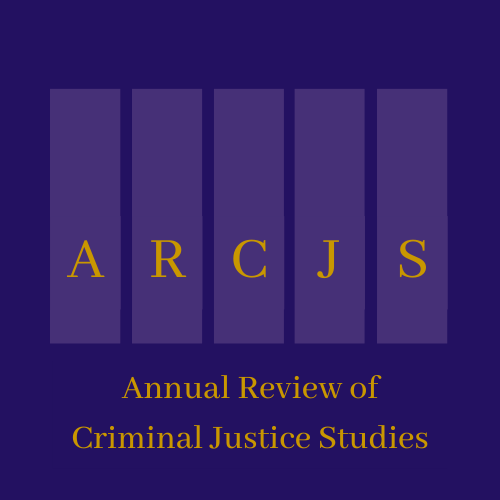Art as a Rehabilitation Tool
Keywords:
penal system, creative art programs, recidivism reduction, rehabilitation, offendersAbstract
The carceral experience presents many detrimental impacts on the wellbeing of people who are incarcerated. In a broken penal system in the United States, fine arts programming can be one of the more effective alternatives to punishment and can be implemented in the restructuring of this system. The primary aim of this review paper was to examine the impact creative art programming in correctional institutions had on the people who are incarcerated with a specific focus on the effectiveness of these programs on the people’s mental health, likelihood of being rehabilitated, and reducing their recidivism. This paper conducted a meta-analysis of nine published studies on the implementation of creative art programs in correctional institutions to evaluate and examine the effectiveness of these programs, and it relied on the framework of labeling and general strain theory. The findings of this paper revealed that the implementation of creative arts programming in correctional institutions was linked to the (1) fostering of social cohesion and rehabilitation in prisons, (2) positive effects on the emotional regulation and personal growth of the people who are incarcerated, and (3) the ability to reduce recidivism and promote education among the people who are incarcerated. Despite the positive findings, it is important to highlight the publication bias that exists in this subject and the lack of studies that report negative outcomes of these programs. This review paper identifies that future research should focus on exploring the perspectives of people who are incarcerated and highlighting their voices and stories. Negative outcomes should be reported and not neglected to determine the true effectiveness and longevity of these programs in the future restructuring of the penal system.


